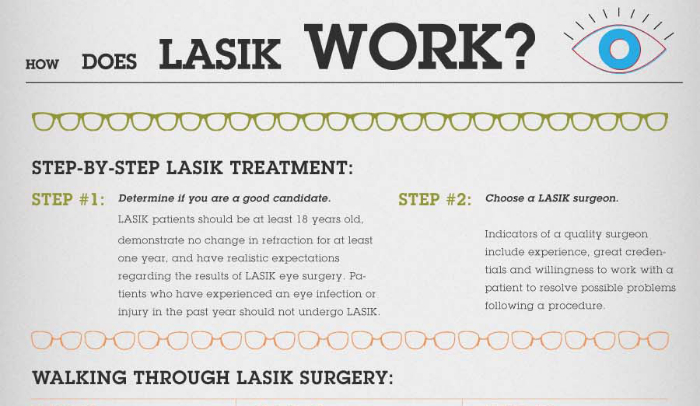The Comprehensive Overview To Refractive Lens Exchange: Crucial Info You Ought To Understand
The Comprehensive Overview To Refractive Lens Exchange: Crucial Info You Ought To Understand
Blog Article
Material Composed By-Miller Eskesen
If you're thinking about refractive lens exchange, you possibly have a lot of concerns. This procedure can change how you see the world, providing benefits like minimized dependancy on glasses. Nonetheless, it's necessary to recognize the process, risks, and who certifies as a good candidate. Allow's discover these vital aspects so you can make an enlightened decision about whether RLE is right for you.
What Is Refractive Lens Exchange and How Does It Work?
Refractive lens exchange (RLE) is an operation created to replace your eye's natural lens with a fabricated one, correcting vision concerns like nearsightedness, farsightedness, or presbyopia.
Throughout the treatment, your doctor makes a small incision in the eye, eliminates your natural lens, and inserts an intraocular lens (IOL) customized to your vision needs. https://www.fda.gov/news-events/press-announcements/fda-brief-fda-announces-qualification-medical-device-development-tool-help-assess-patient-reported takes around 15 to 30 minutes per eye and is carried out under regional anesthesia.
You'll likely notice renovations in your vision nearly quickly, though complete healing may take a couple of weeks. LASIK Healing Time is specifically valuable for those over 40 or with high prescriptions, offering a lasting remedy compared to glasses or contact lenses.
Your eye care professional can assist establish if RLE is right for you.
What Are the Conveniences and Risks of Refractive Lens Exchange?
Selecting refractive lens exchange can result in significant improvements in your vision, yet it is very important to evaluate both the advantages and risks before making a decision.
On the plus side, this procedure can improve your sight by dealing with issues like presbyopia, nearsightedness, and hyperopia. Numerous individuals delight in minimized dependence on glasses or get in touch with lenses, which can greatly enhance their lifestyle.
However, it's important to take into consideration prospective dangers. Complications can consist of infection, glare, or halos around lights.
There's additionally an opportunity of overcorrection or undercorrection, which might need additional procedures.
That Is an Ideal Prospect for Refractive Lens Exchange?
If you're considering refractive lens exchange, it is necessary to know whether you fit the profile of a suitable prospect. Typically, you might be a great prospect if you're over 40, experience presbyopia, or have high degrees of nearsightedness or farsightedness.
It's likewise crucial that your vision is steady, implying your prescription hasn't altered considerably in the past year. If you have cataracts or various other eye problems, you might take advantage of this procedure as well.
Nonetheless, specific variables, like unchecked diabetes mellitus or autoimmune diseases, might disqualify you. To identify your candidateship, consult with an eye care specialist that can examine your particular situation and advise the most effective course of action tailored to your requirements.
Conclusion
Finally, refractive lens exchange can be a transformative alternative for improving your vision, especially if you're over 40 or have a high prescription. While the benefits are substantial, it's vital to evaluate the risks and consult with your eye care professional to determine if you're a suitable candidate. With the appropriate info and guidance, you can make an informed choice and potentially appreciate a life with reduced dependancy on glasses.
